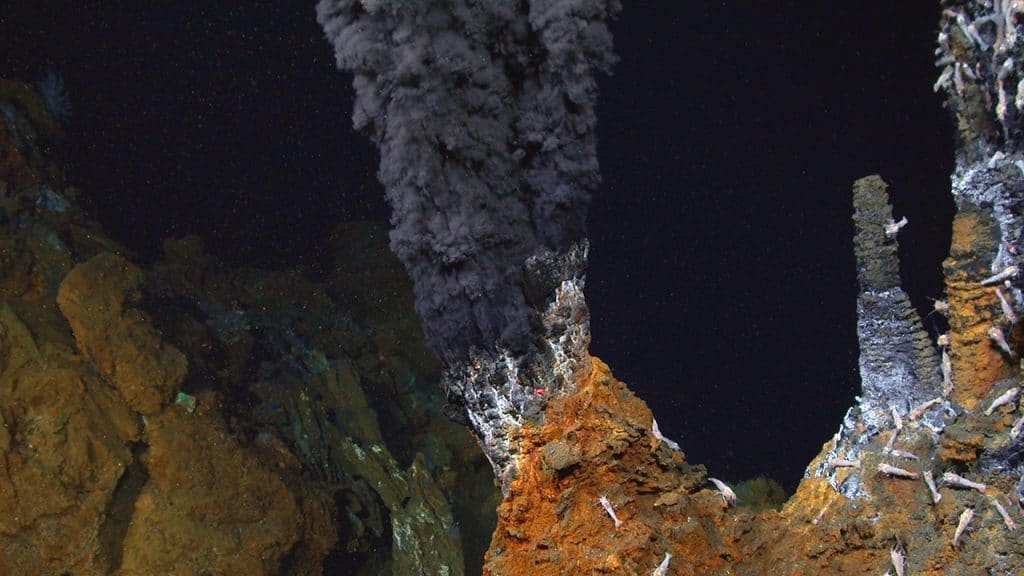
(Woods Hole Oceanographic Institution)
What are Hydrothermal Vents?
In 1977, scientists exploring an oceanic spreading ridge near the Galápagos Islands made a stunning discovery: openings in the Pacific Ocean seafloor with warm, chemical-rich fluids flowing out. Later trips revealed previously unknown organisms and entire ecosystems around the vents, thriving in the absence of sunlight–a phenomenon that scientists didn’t think was possible. These discoveries fundamentally changed our understanding of life on Earth.
Like hot springs and geysers on land, hydrothermal vents form in volcanically active areas—often on mid-ocean ridges, where Earth’s tectonic plates are spreading apart. In these areas, magma wells up to the surface or just below the seafloor. As ocean water percolates down through cracks and porous rocks, the super-hot magma causes chemical reactions that remove oxygen, magnesium, sulfates, and other chemicals from the water. In the process, the fluids become hotter and more acidic, causing them to leach metals such as iron, zinc, copper, lead, and cobalt from the surrounding rocks. The heated fluids rise back to the surface through openings in the seafloor, known as hydrothermal vents. The fluid temperatures can reach 400°C (750°F) or more, but they do not boil under the extreme pressure of the deep ocean.
As they pour out of a vent, the fluids encounter cold, oxygenated seawater, causing another, more rapid series of chemical reactions to occur. Sulfur and other solids precipitate–or come out of solution–to form metal-rich towers and deposits of minerals on the seafloor–some reaching over 30 feet (10 meters) tall! These minerals sometimes are visible in the gushing fluid, which is why some hydrothermal vents are called white or black “smokers.”
The hard structure of the vents and the chemicals in the vent fluid support a unique food web that survives without sunlight. In many hydrothermal vent communities, the ecosystem is based on bacteria that convert hydrogen sulfide and other chemicals in the vent fluids into sugar for energy. These “chemosynthetic” bacteria provide food for larger organisms such as tubeworms, shrimp, and mussels.
Why Do They Matter?
Hydrothermal vents act as natural plumbing systems that transport heat and chemicals from the interior of the Earth and help regulate global ocean chemistry. In the process, they accumulate vast amounts of potentially valuable minerals on the seafloor. So far, the difficulty of mining in deep water near fragile ecosystems and the relatively small size of ocean bottom deposits compared to those on land have prevented seafloor mining from becoming commercially viable.
Vents also support complex ecosystems that have developed unique biochemical adaptations to high temperatures and environmental conditions we would consider toxic. Learning about these organisms can teach us about the evolution of life on Earth–and the possibility of life elsewhere in the solar system and the universe. Many previously unknown metabolic processes and compounds found in vent organisms could also have applications in pharmaceuticals and treatments for diseases such as Alzheimer’s.
All Topics on Hydrothermal Vents
Godzilla, Sasquatch, & Homer Simpson
Many deep-sea features are named for their distinct shapes and formidable sizes. Other features are named for research vessels, and others to honor pioneering scientists.

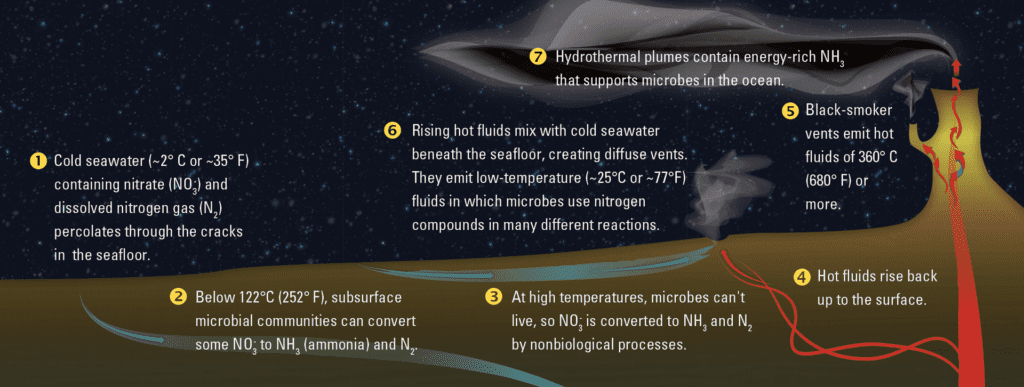
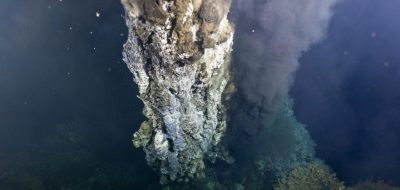
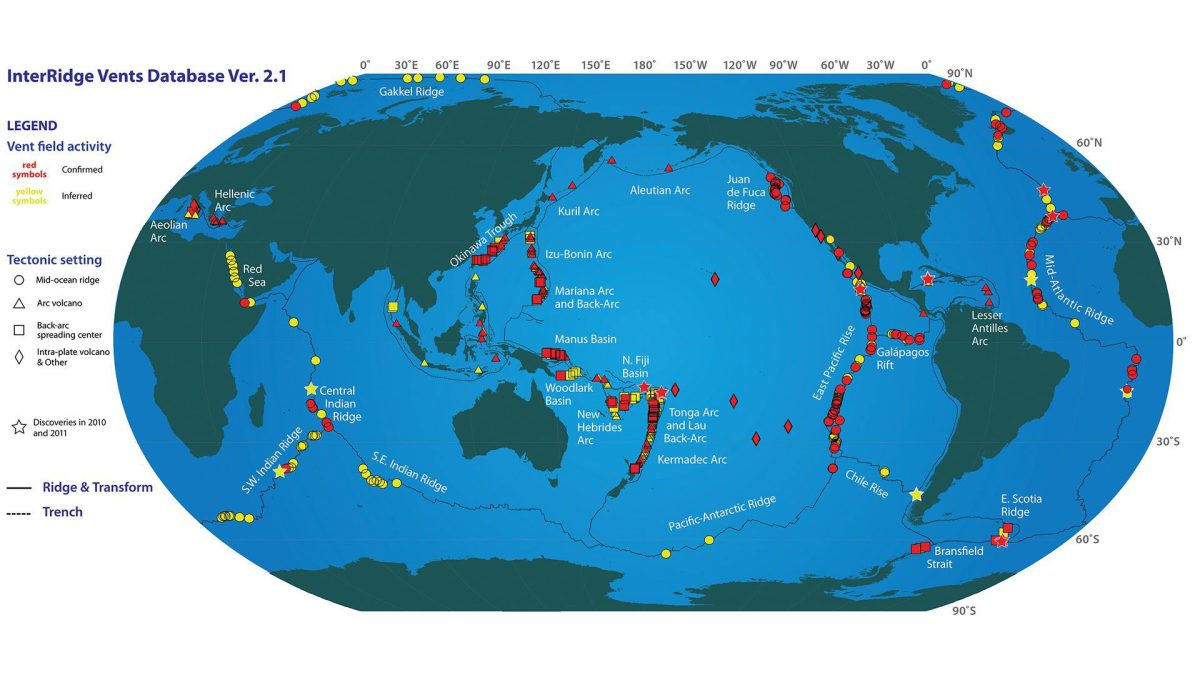
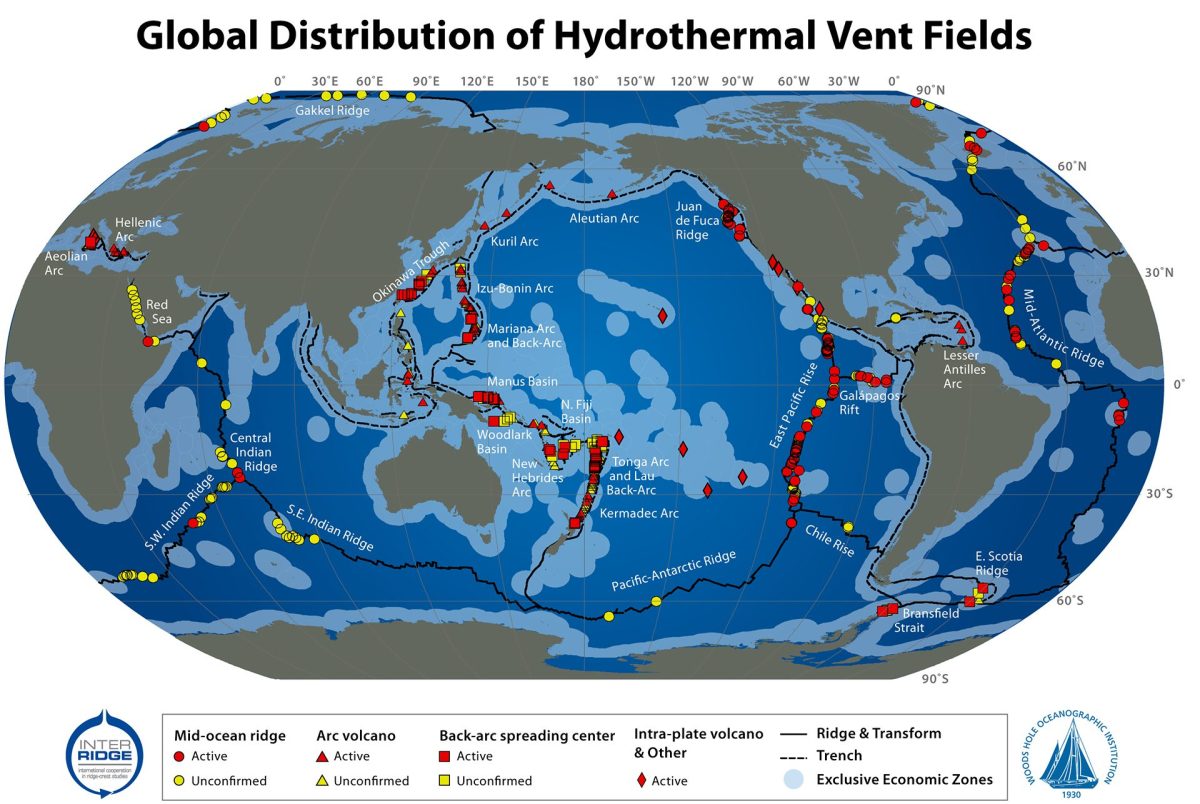
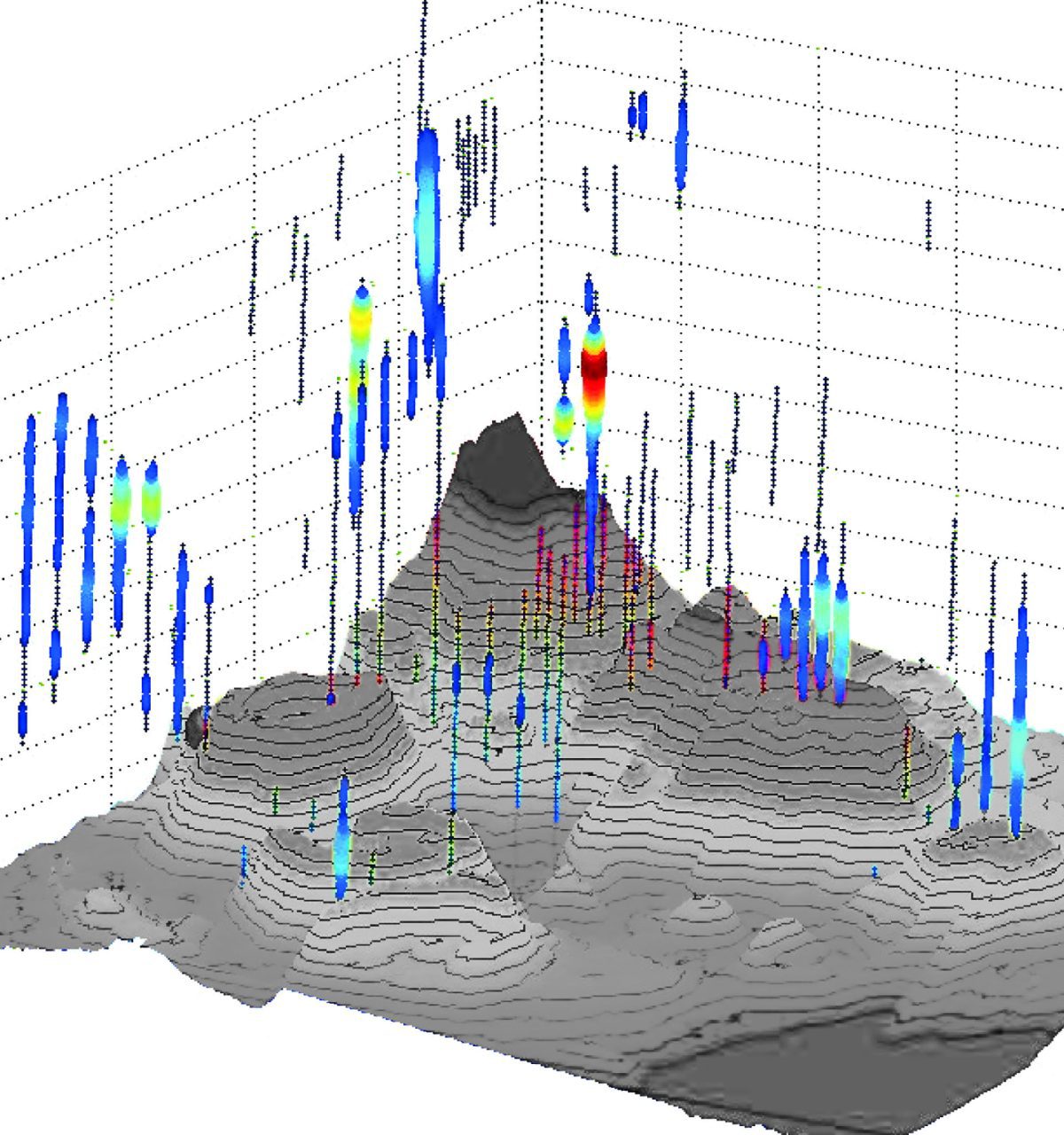
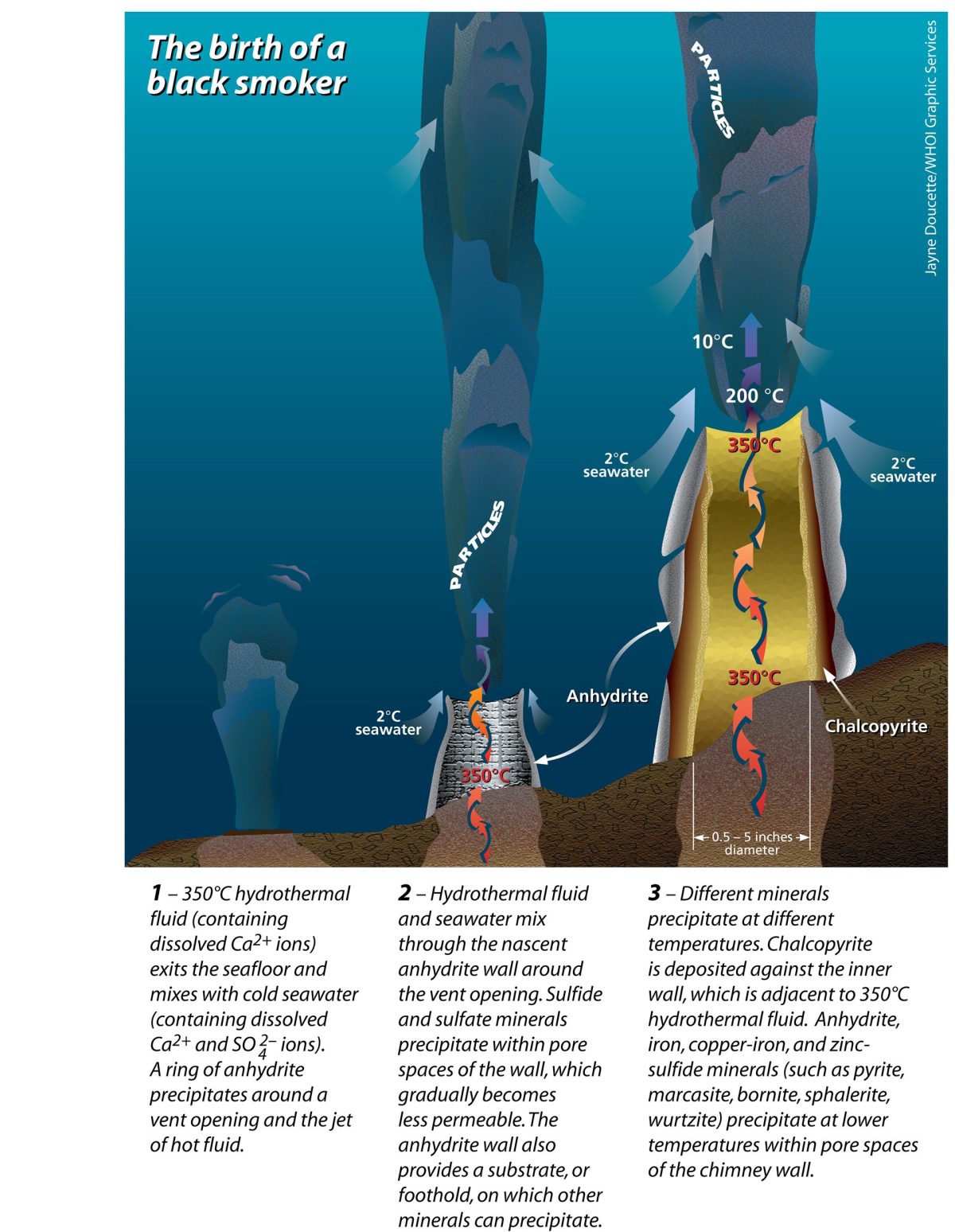
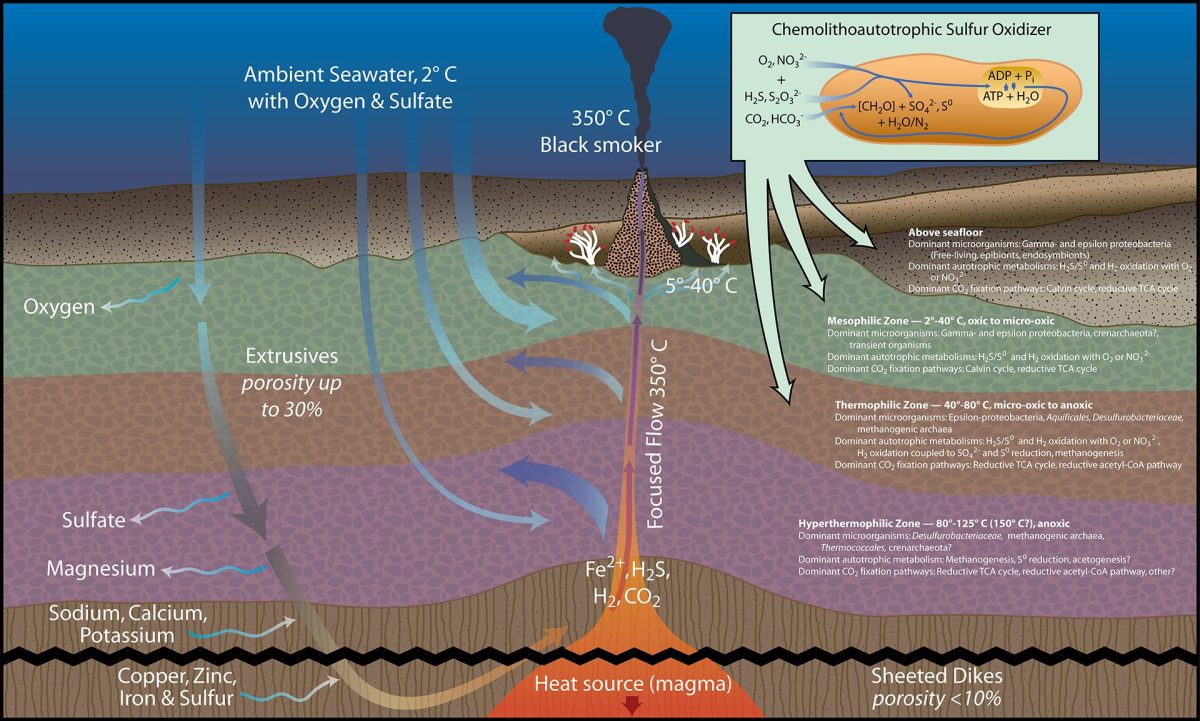
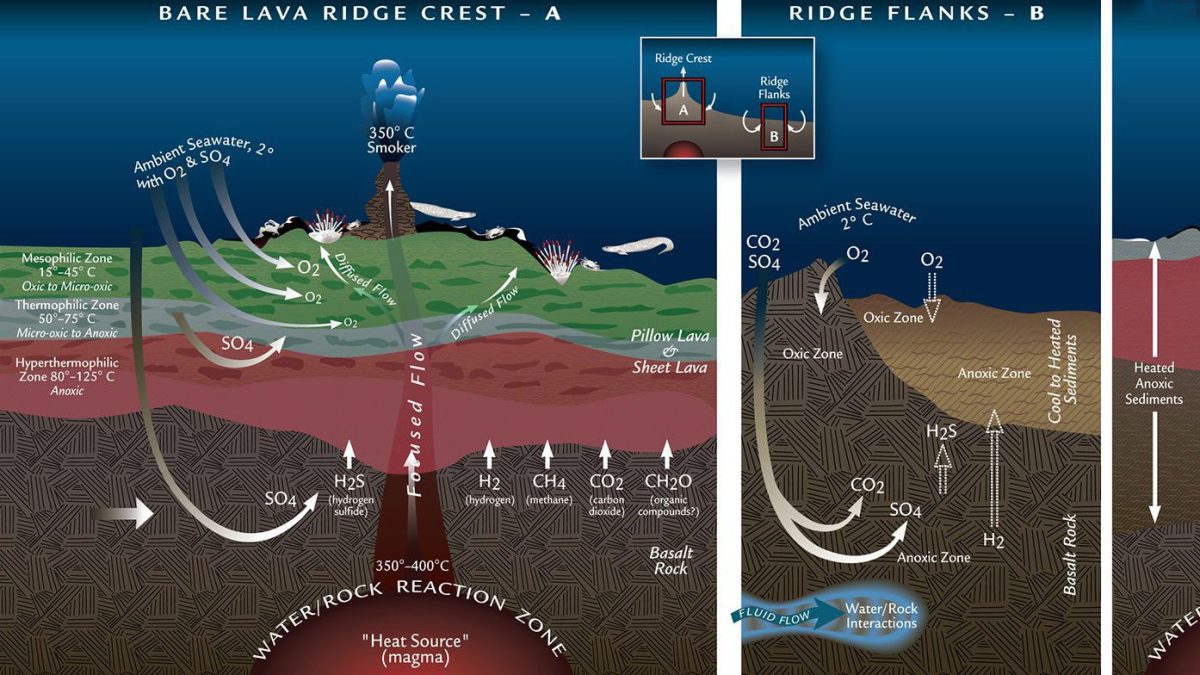
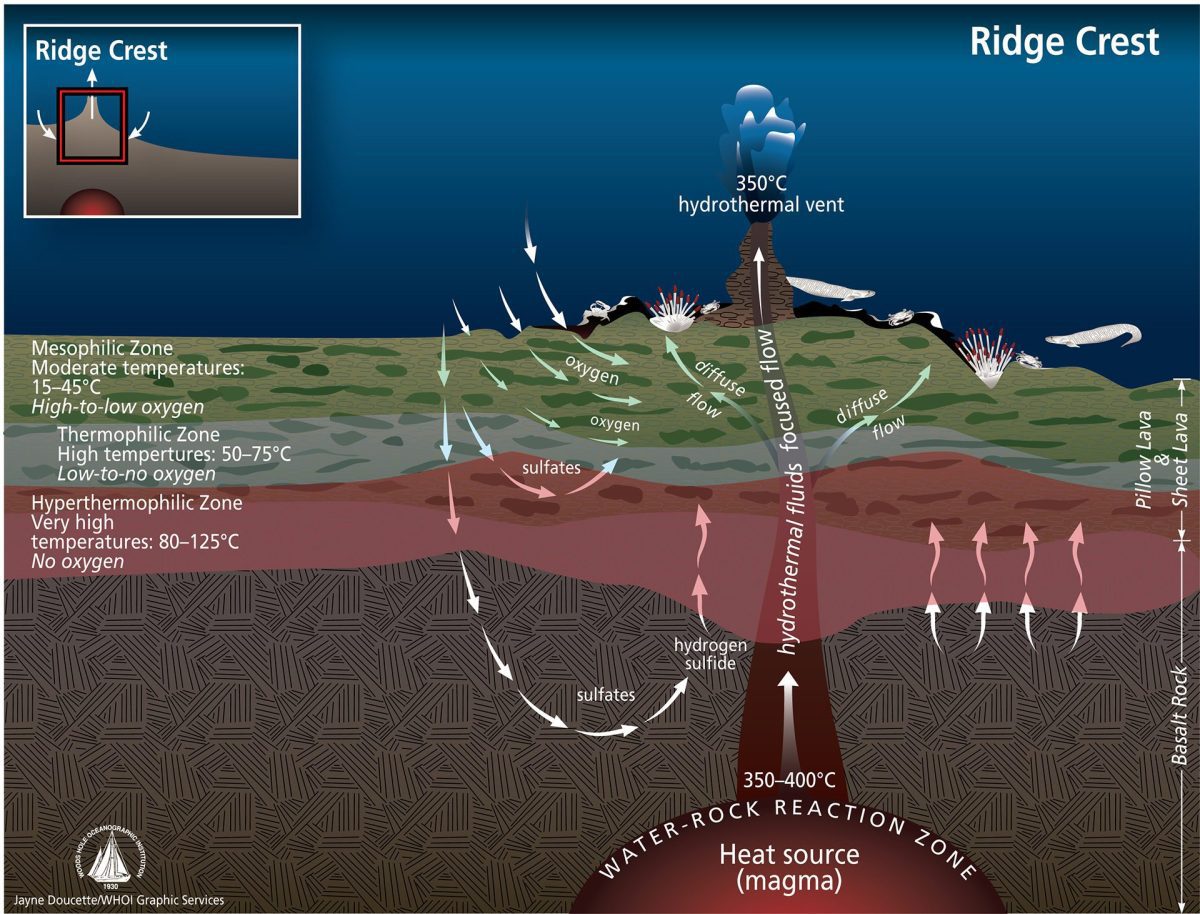

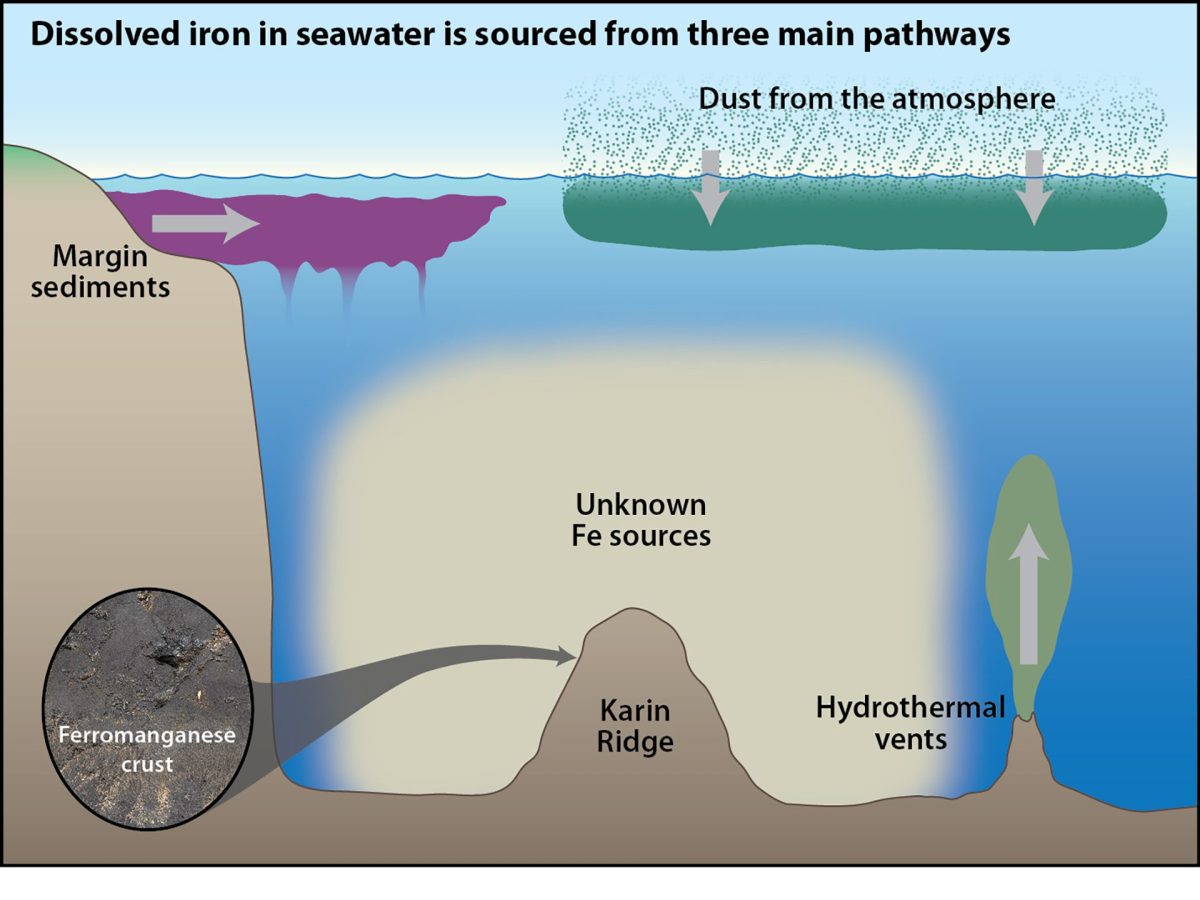
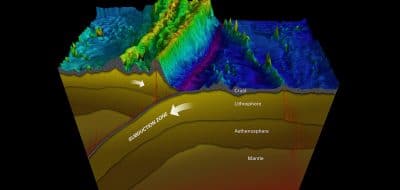
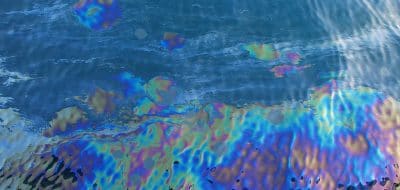
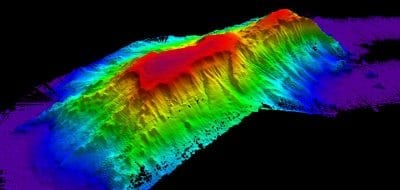
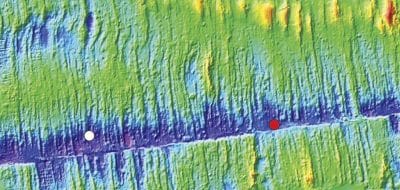

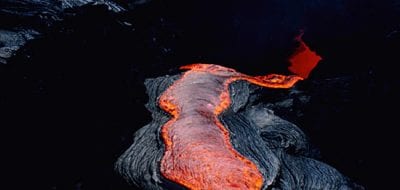

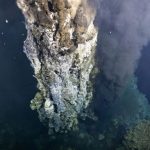 Godzilla, Sasquatch, & Homer Simpson
Godzilla, Sasquatch, & Homer Simpson